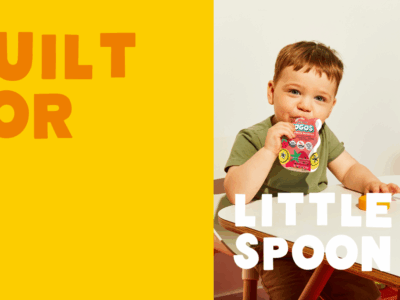If your child is in a picky eating phase, it can seem daunting to get them comfortable trying new foods. Remember that it’s a gradual process and it doesn’t happen overnight!
If you’re in need of tips for an easy transition, I got you covered:
- Pressure backfires, in the long run! The more you try to entice or pressure your child to eat something, the less they will want to eat that food. Foods that are forced will not become those that your child independently desires or those that your child will eat more than a bite of.
- Instead of pressuring your child to eat a certain food, offer that food on their plate frequently and model yourself eating it.
- Don’t forget to be persistent! Many well-intentioned parents that I work with will offer their child a vegetable once, and if their child doesn’t eat it, the parents assume it is simply disliked and will not offer it again. But it takes many experiences with a specific food, even up to 20 exposures, before a child will or can truly form preferences about it. Many toddlers won’t even try a food the first 20 times it’s offered! Despite it not always being realistic in our busy lives, persistence is key.
- We can positively influence our child’s eating habits by role modeling. Modeling is allowing our children to see us eating new foods, without pressuring them to do the same. For example, if you’d like your child to eat cauliflower, I would include more cauliflower in your family meals and just let your child see you eating cauliflower again and again, but without saying anything like, “I’m eating cauliflower, why don’t you eat some cauliflower?” The repetition of modeling is very influential. After all, doesn’t everything always taste better from mom’s or dad’s plate?
- Aim for a peaceful mealtime environment. Environments where children can explore without pressure lead to and create happier and more diverse eaters.



